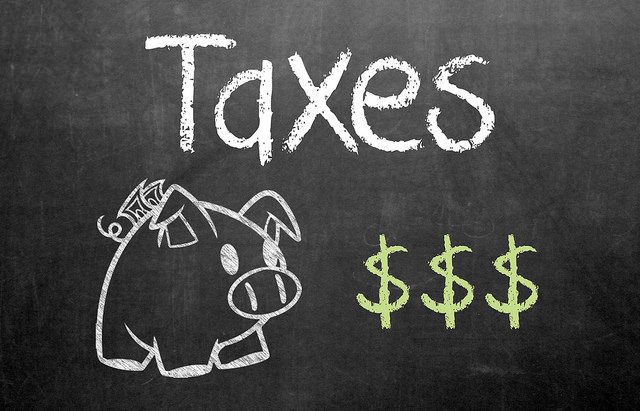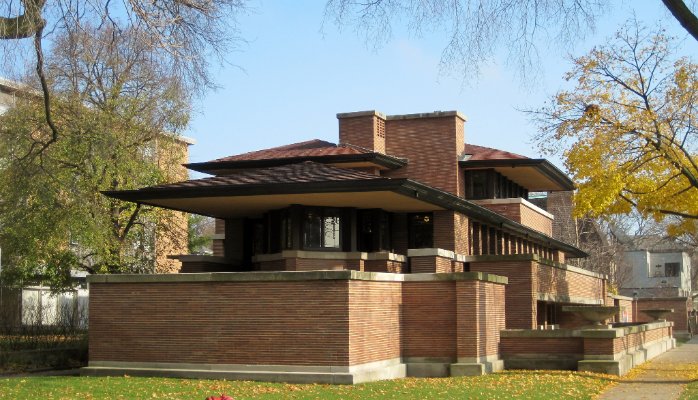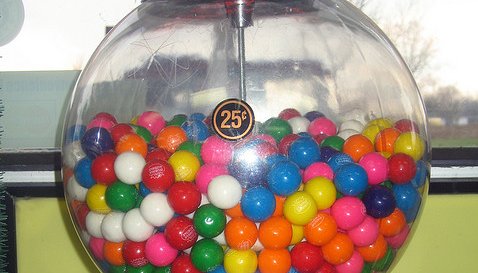
Bond prices go up when interest goes down. If you read the Wall Street Journal, they mention this fact a lot, especially these days, but what does it mean? It takes just a moment to understand this, but longer to have it become ingrained.
Let’s start with an example:
If a bond has 3% interest (that is, you receive $3 for every $100 you invest in that bond every year), the bond starts out costing $1 for every $1 of bond. Therefore, a $10,000 bond would cost $10,000 and you receive $300 every year for holding the bond.
If interest rates went up to 3.5%, who would pay $10,000 for a 3% bond when you could invest $10,000 in a 3.5% bond now? You might be willing to buy that 3% bond for less. How much less? It would have to be enough less so that you get 3.5% for your investment.
The math requires algebra. Remember that class that you probably hated and wondered “when will I EVER use this?!” Well, here’s your opportunity. The math comes down to: if you can pay $1 for a bond with a 3.5% coupon, you would need to pay 3%/3.5% or .85 (i.e. 85 cents) to have a bond with a 3% coupon to be equivalent to a 3.5% payout.
What happened in the US from 2008 until recently? Interest rates came down so prices went up.
What’s happening now? The Federal Reserve has been trying to raise rates, but the demand for US bonds has also gone up. And the old rule “when demand goes up, prices go up” trumps the interest rule “when interest rates go up, price comes down.” The demand forces the price up which actually causes the interest rate to go down, despite the Fed’s desires.
We are living in interesting times.
Check out other articles on bonds and interest rates







About The Author: Tara Unverzagt
More posts by Tara Unverzagt